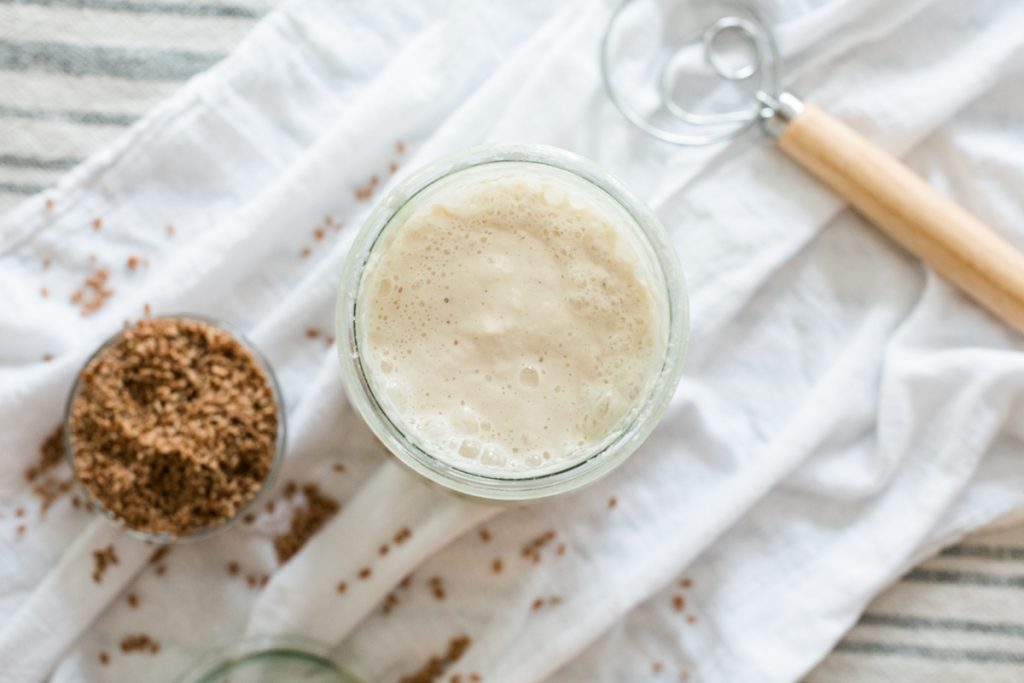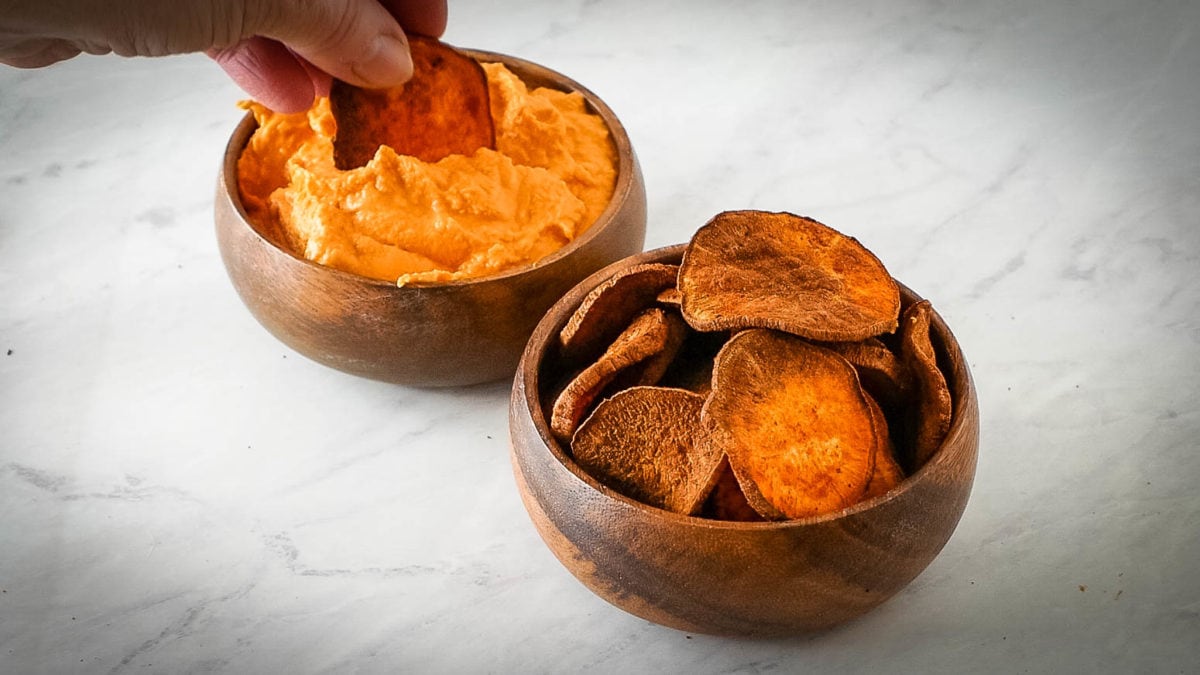Are you a sourdough enthusiast who’s experienced the heart-sinking moment of discovering a neglected, dried-out starter in the depths of your fridge? Don’t panic just yet! In this guide, we’ll show you how to revive that forgotten sourdough starter and breathe new life into your baking adventures. Say goodbye to waste and hello to delicious homemade bread – let’s get started on rescuing your dormant dough companion!
You read also more : bread maker cornbread
What is a Sourdough Starter?
Sourdough starter is the heart and soul of artisan bread baking. It’s a living culture of wild yeast and bacteria that ferments flour and water, giving rise to flavorful dough without commercial yeast. This natural leavening agent imparts complex, tangy notes and a chewy texture to the bread, making each loaf unique.
Creating a sourdough starter involves mixing equal parts flour and water, allowing it to ferment over several days while feeding it regularly to keep the microorganisms happy. The result is a bubbly mixture ready for baking magic!
Unlike store-bought yeast, sourdough starter requires patience and care. It needs regular feedings to stay active and maintain its robust flavor profile. With proper attention, your sourdough starter can become a cherished kitchen companion for years to come – ready to elevate your homemade bread game with every batch you bake!
Why do How to Revive Dried Sourdough Starter Dry Out?
how to revive dried sourdough starter
Have you ever wondered why your once lively and bubbly sourdough starter suddenly dries out? Well, there are a few reasons behind this unfortunate occurrence. One common culprit is neglect – when we forget to feed our starter regularly, it can become dehydrated and lifeless. Changes in temperature or humidity levels in the environment where the starter is kept can also play a role in its drying out.
Additionally, using the wrong type of container for storing your starter can lead to moisture loss. If the lid doesn’t provide a tight seal or if air gets in too easily, your starter may dry out faster than expected. Another factor to consider is using flour with low water absorption properties; this can cause the mixture to lose moisture more quickly.
In some cases, introducing new ingredients or changing feeding schedules abruptly can shock the delicate balance of microorganisms within your sourdough starter, leading to dehydration. Understanding these factors and taking proactive measures can help prevent your beloved sourdough from drying out prematurely.
Reviving a Dried Sourdough Starter
Reviving a dried sourdough starter can feel like bringing life back to something that was once vibrant and active. When your starter dries out, it may appear lifeless and abandoned but fear not – with the right care and attention, it can be revived.
The process of reviving a dried sourdough starter involves rehydrating the dehydrated mixture of flour and water. This revitalization requires patience, as the dormant yeast in the starter needs time to wake up and become active again.
By feeding your dried sourdough starter regularly with a fresh mixture of flour and water, you are providing it with the nourishment it needs to thrive once more. The gradual reintroduction of food will slowly awaken the microbial community within your starter, allowing it to ferment and rise again.
Remember to monitor your revived sourdough starter closely during this revival process. Look for signs of bubbling activity or expansion after each feeding, indicating that the yeast is becoming more active. With consistent care and attention, you’ll soon have a healthy and lively sourdough starter ready for baking adventures!
Step-by-Step Instructions for Reviving Your Starter
To revive your dried sourdough starter:
- Follow these step-by-step instructions to breathe life back into your baking adventures.
- Start by scraping off any discolored or hardened parts on the surface of the dried starter.
- Transfer a small amount of the remaining dry starter into a clean jar.
Next, add equal parts flour and water to the jar and mix until well combined. Cover loosely with a cloth or lid to allow for airflow. Let it sit at room temperature for 12-24 hours.
After this initial feeding, discard half of the mixture and feed it again with equal parts flour and water. Repeat this process every 12 hours until you notice bubbles forming and a tangy aroma developing.
Once your revived starter is active again, you can start using it in your favorite sourdough recipes! Remember to regularly maintain your starter by feeding it consistently to keep it healthy and thriving for all your future baking endeavors.
Tips and Tricks for Maintaining a Healthy Sourdough Starter
Maintaining a healthy sourdough starter is key to baking delicious bread consistently. One tip is to keep your starter in a warm, draft-free spot in your kitchen – this helps the natural yeast thrive. Regular feeding is crucial; aim for consistency with the type of flour and water you use each time.
Another trick is to pay attention to its activity – bubbles are a good sign that your starter is happy and active. If it’s not as lively as usual, try adjusting the feeding schedule or temperature. Storing extra starter in the fridge can help preserve it when you’re not baking regularly.
Experimenting with different flour types can also add unique flavors to your sourdough creations. And don’t forget about hydration levels – finding the right balance of flour and water will impact the texture of your bread.
By following these tips and tricks, you’ll be well on your way to maintaining a robust and thriving sourdough starter for all your baking adventures!
Creative Ideas for Using Leftover Discarded Starter
Have you ever wondered what to do with the leftover discarded sourdough starter after feeding your main batch? Instead of tossing it away, consider getting creative in the kitchen!
One fun way to use excess starter is to make savory waffles or pancakes. The tangy flavor adds a unique twist to breakfast favorites. You can also incorporate it into pizza dough for an extra depth of flavor that will have your taste buds singing.
For those with a sweet tooth, try making sourdough discard chocolate chip cookies or cinnamon rolls. The slight acidity from the starter complements these treats perfectly. Remember crackers or flatbreads – using discarded starters in these recipes can lead to crispy and flavorful results.
Experimenting with different recipes using discarded sourdough starter not only reduces waste but also allows you to explore new culinary avenues. So don’t be afraid to think outside the box and let your creativity shine in the kitchen!
Final Thoughts: Don’t Give Up on Your Sourdough Adventure!
Reviving a dried sourdough starter may seem like a daunting task, but with the right tips and tricks, you can bring it back to life and continue your sourdough baking journey. Remember that patience is key when working with sourdough starters, as they are living organisms that need time to revive and thrive.
By following the step-by-step instructions provided and implementing proper maintenance techniques, you can ensure that your sourdough starter remains healthy and active for years to come. Don’t let a dried-out starter discourage you – instead, see it as an opportunity to learn more about the fascinating world of sourdough baking.
So don’t throw away that dried sourdough starter! With a little love and care, you can revive it and create delicious loaves of bread for yourself and your loved ones. Embrace the process, enjoy the journey, and savor every bite of your homemade sourdough creations. Happy baking!














